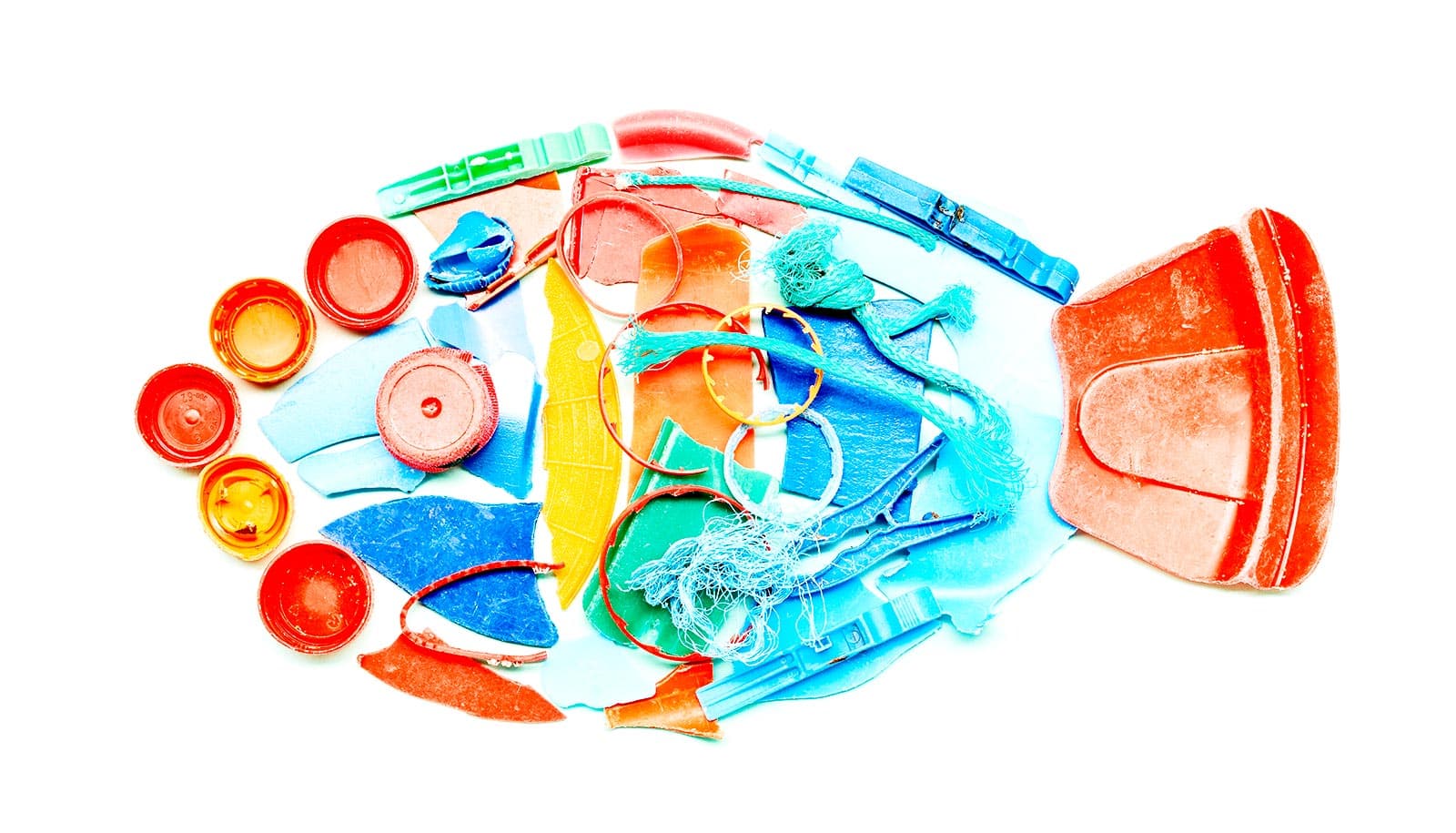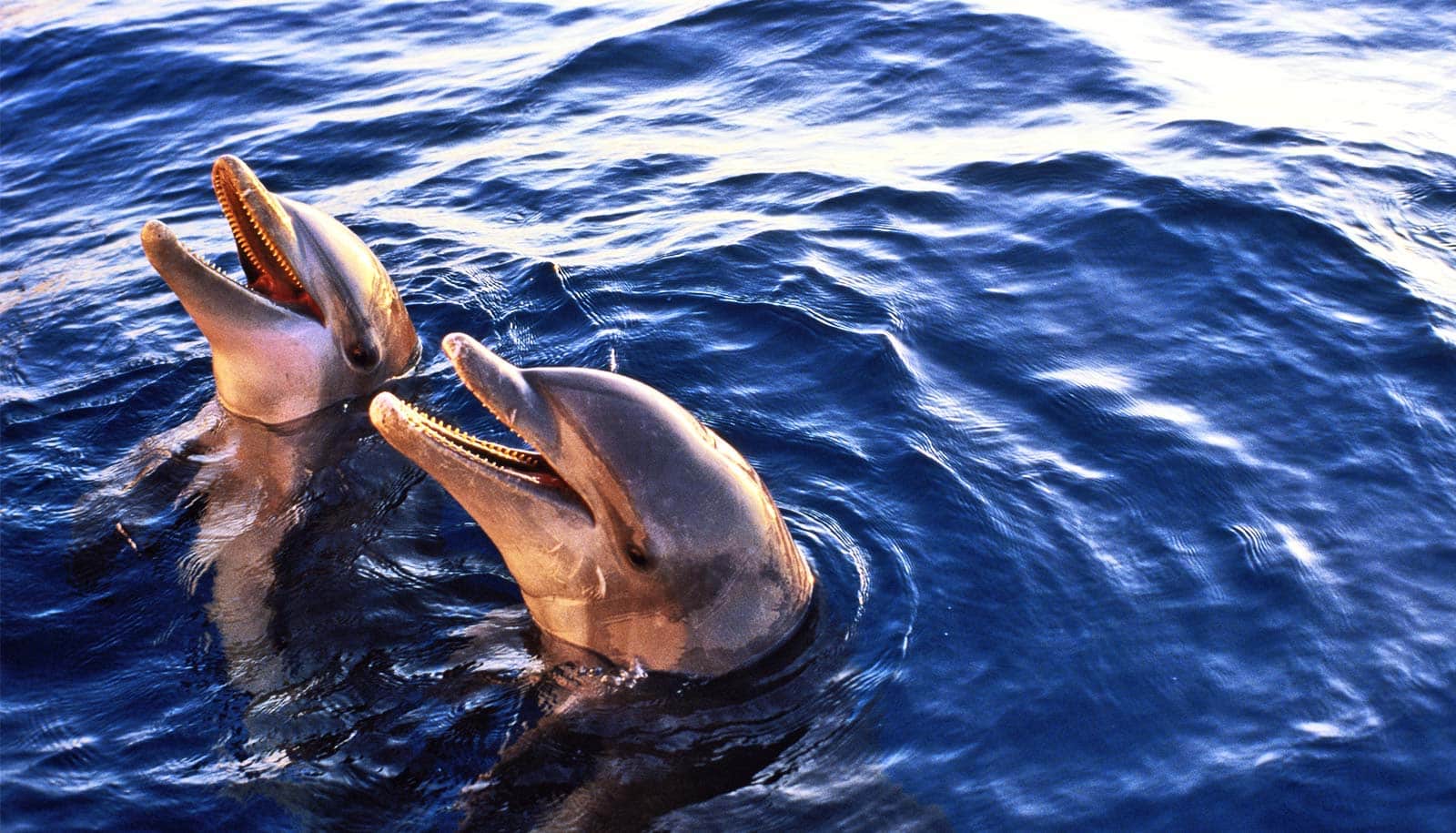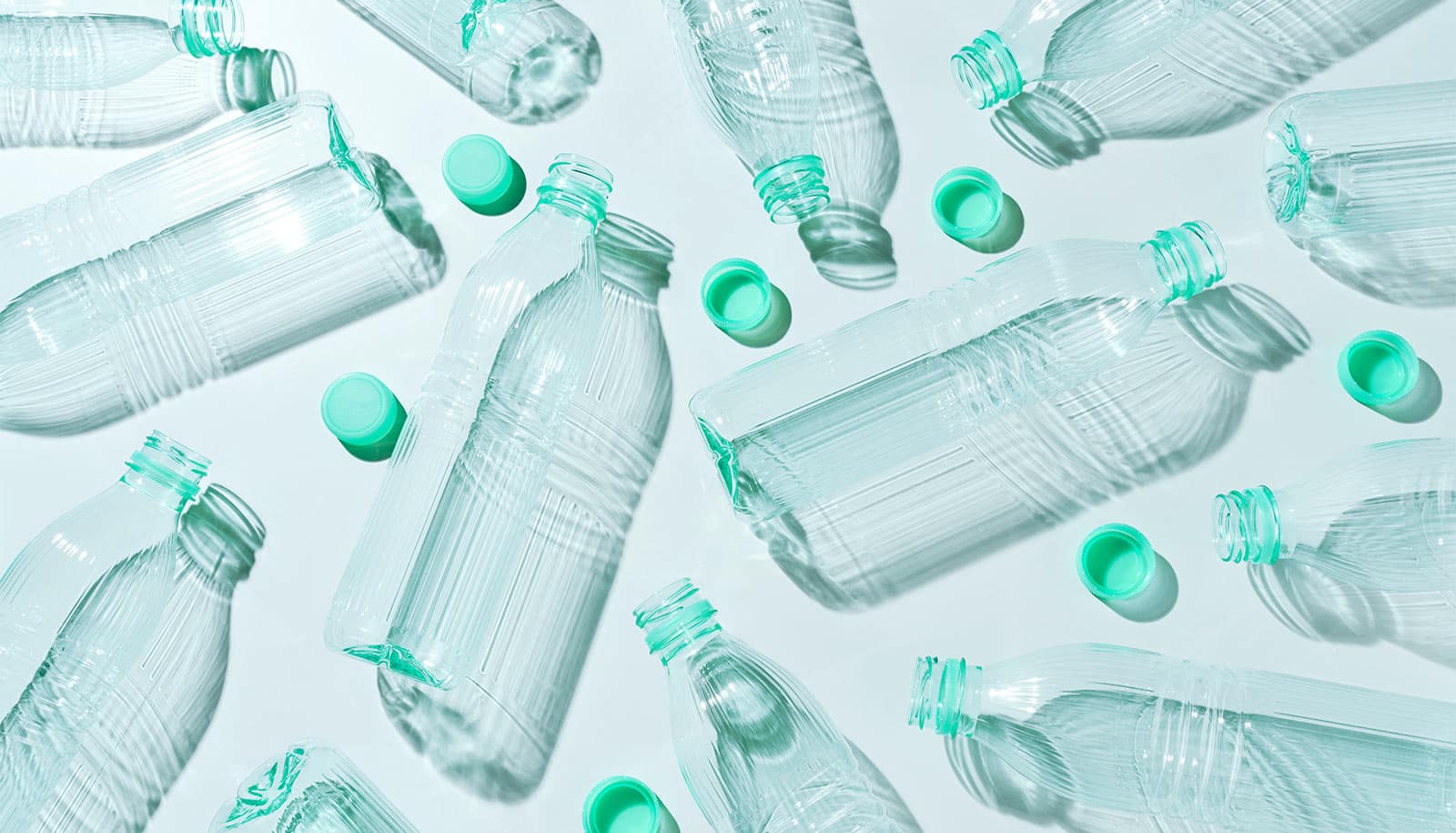A sweeping new study spanning four continents and eight countries has amassed one of the largest datasets ever collected on plastic pollution in rivers.
The new research offers insights that the researchers responsible believe are key to helping turn off the tap of plastic waste.
Between 2020 and 2023, researchers worked with local partners to collect data from river sites in Mexico, Jamaica, Panama, Ecuador, Kenya, Vietnam, Thailand, and Indonesia. But the study, published in the Journal of Environmental Management, was much more than data gathering.
“What’s really exciting about this effort is that we were able to answer the same question—what does plastic pollution actually look like in rivers—across many different contexts, geographies, and cultures,” says lead author Chase Brewster, a project scientist in UC Santa Barbara’s Benioff Ocean Science Laboratory.
Unique among many global pollution studies, the project took a community-led approach that emphasized local autonomy. Local nonprofits and social enterprises led the work in their own communities, sorting plastic waste by item type and polymer category over three years.
“Each site was an independent project,” Brewster explains. “They weren’t just collecting data. They were implementing technology to remove plastic from rivers, engaging governments, empowering communities, and improving local conditions.”
Together, these local teams form the Clean Currents Coalition, a global initiative directed by the Benioff Ocean Science Laboratory to intercept plastic before it reaches the ocean while fostering education, local engagement, and systemic change.
Over the three-year period, teams collectively removed and analyzed 3.8 million kilograms of river debris (equivalent to 380,000,000 single-use plastic water bottles), with 66% classified as macroplastic. This large-scale, synchronous effort—rare in its scope and level of coordination—enabled researchers to compare data across diverse social, economic, and environmental settings.
Researchers found substantial variation in the amount of plastic pollution intercepted in rivers studied—but all had plastic. Scaling up average plastic collection rates documented in this study would generate a preliminary estimate of 1.95 million metric tonnes (Mt) of plastic traveling down rivers worldwide every year.
“That is an immense amount of plastic pollution,” says coauthor and Benioff Ocean Science Laboratory Director, Professor Douglas McCauley.
“There’s been a lot of modeling about how much plastic is moving from land to ocean, but we didn’t have good on-the-ground data about what kinds of plastic are showing up, or why,” Brewster says.
“This project actually let us see those differences and test ideas about what policies and systems are working.”
“In a moment when the growing number of headlines about the threat of plastic pollution to human, animal and planetary health may cause us to throw our hands up in dismay, this work shows that river by river, community by community, we can gather data needed to inform lasting, systemic change, and inspire hope along the way,” says Molly Morse, director of the Clean Currents Coalition and senior manager of the Benioff Ocean Science Laboratory.
For instance, the study found evidence that plastic bag bans can reduce leakage.
“In Vietnam, where there’s no plastic bag ban, the proportion of bags in river waste was much higher than in Kenya, which has a full ban,” Brewster says.
“It’s not a silver bullet—how you design and enforce these policies matters—but it shows they can work.” The planned implementation of a single-use plastic bag ban in Vietnam will soon provide a chance to use these data to measure the effectiveness of such a policy when it does come into effect.
Another finding centered on the informal waste-picking sector, where individuals or small scale networks of informal workers collect and sell recyclable materials, like bottles made from PET.
“In places like Indonesia where you have a strong informal recycling network, you actually see less recyclable plastic ending up in rivers,” Brewster says.
“That suggests that creating real value for plastic waste, while supporting the informal sector by recognizing their work and enabling political and financial investments to keep their services dignified and safe, ultimately leads to less plastic in waterways.”
Source: UC Santa Barbara



